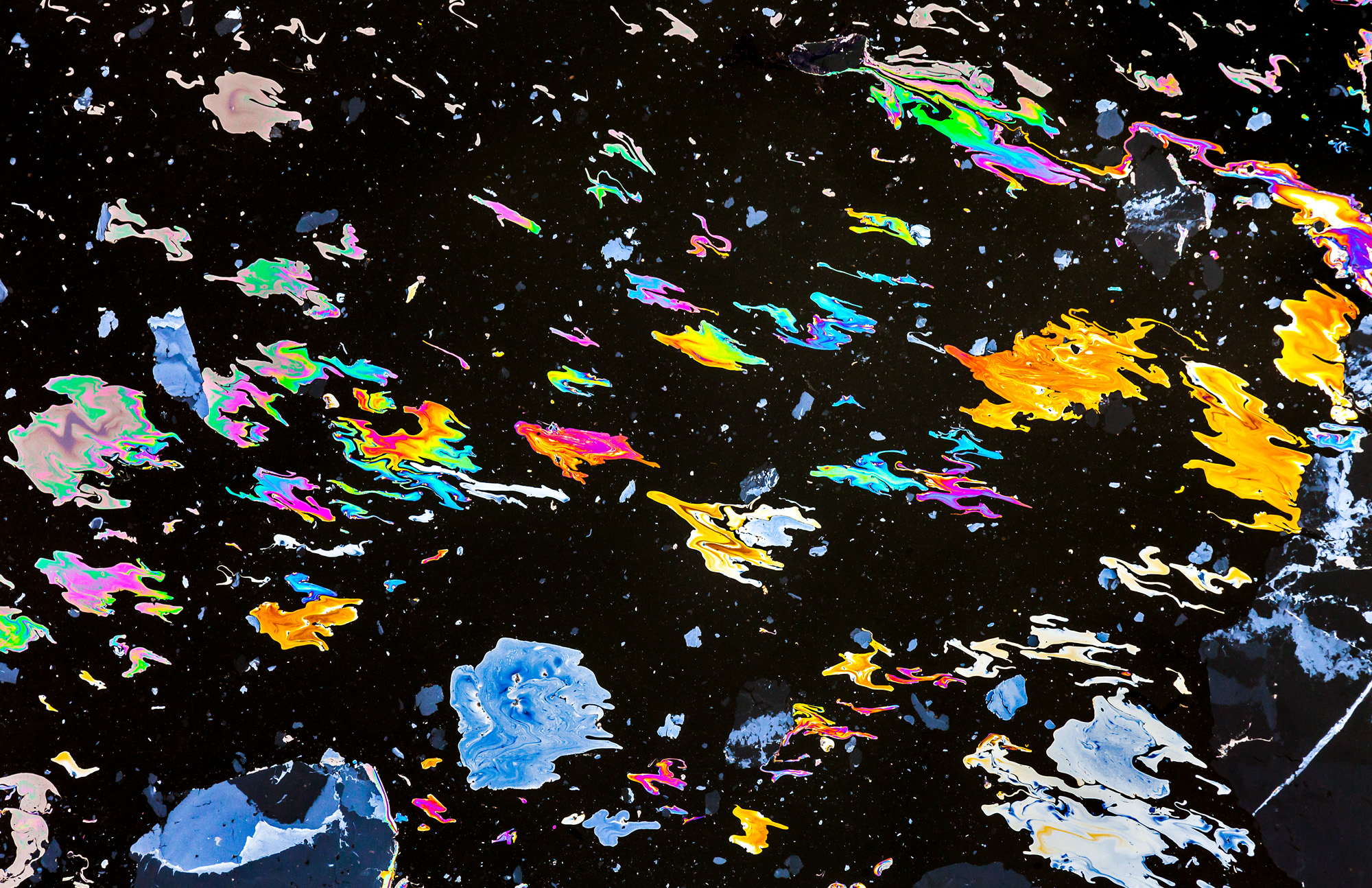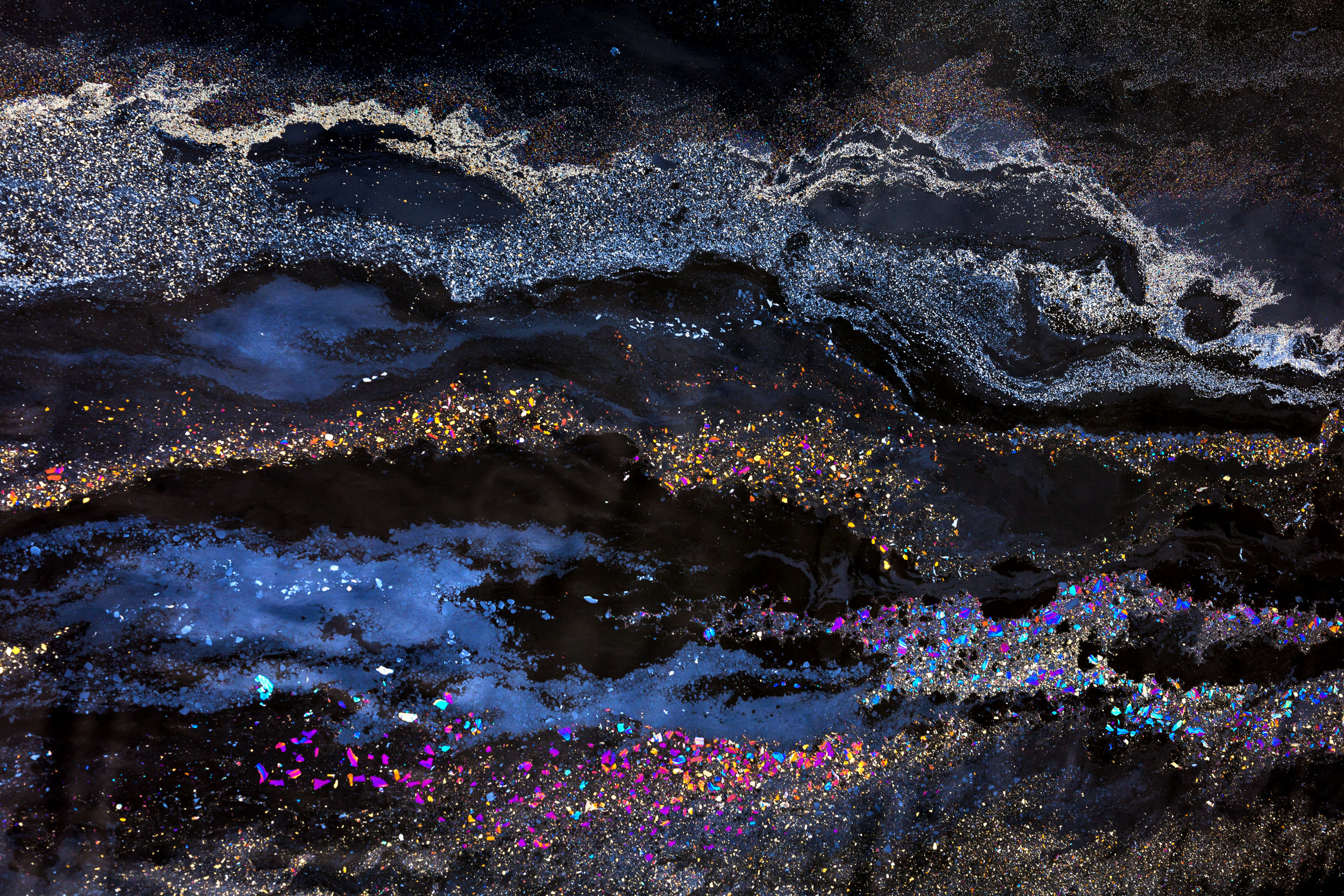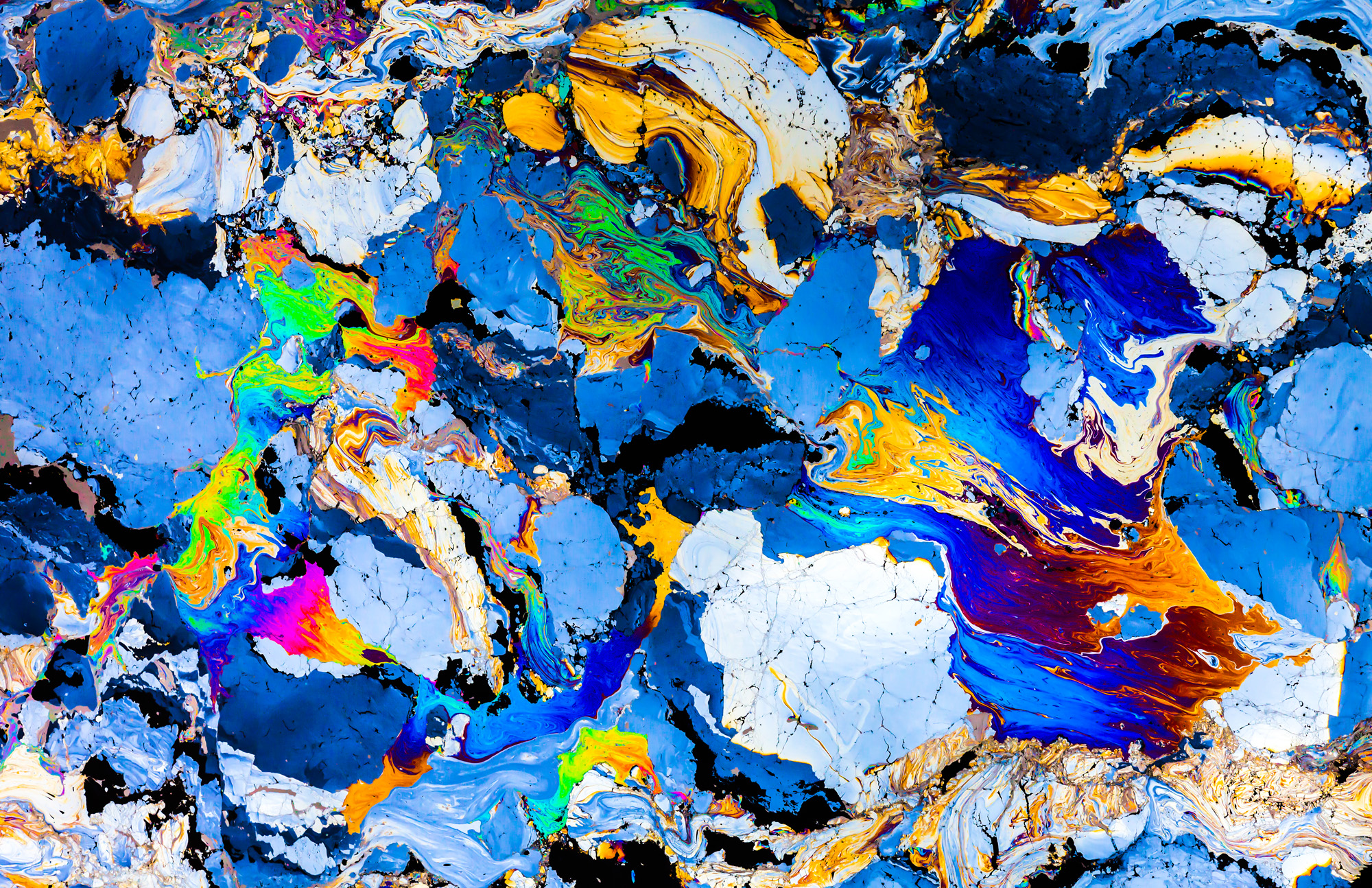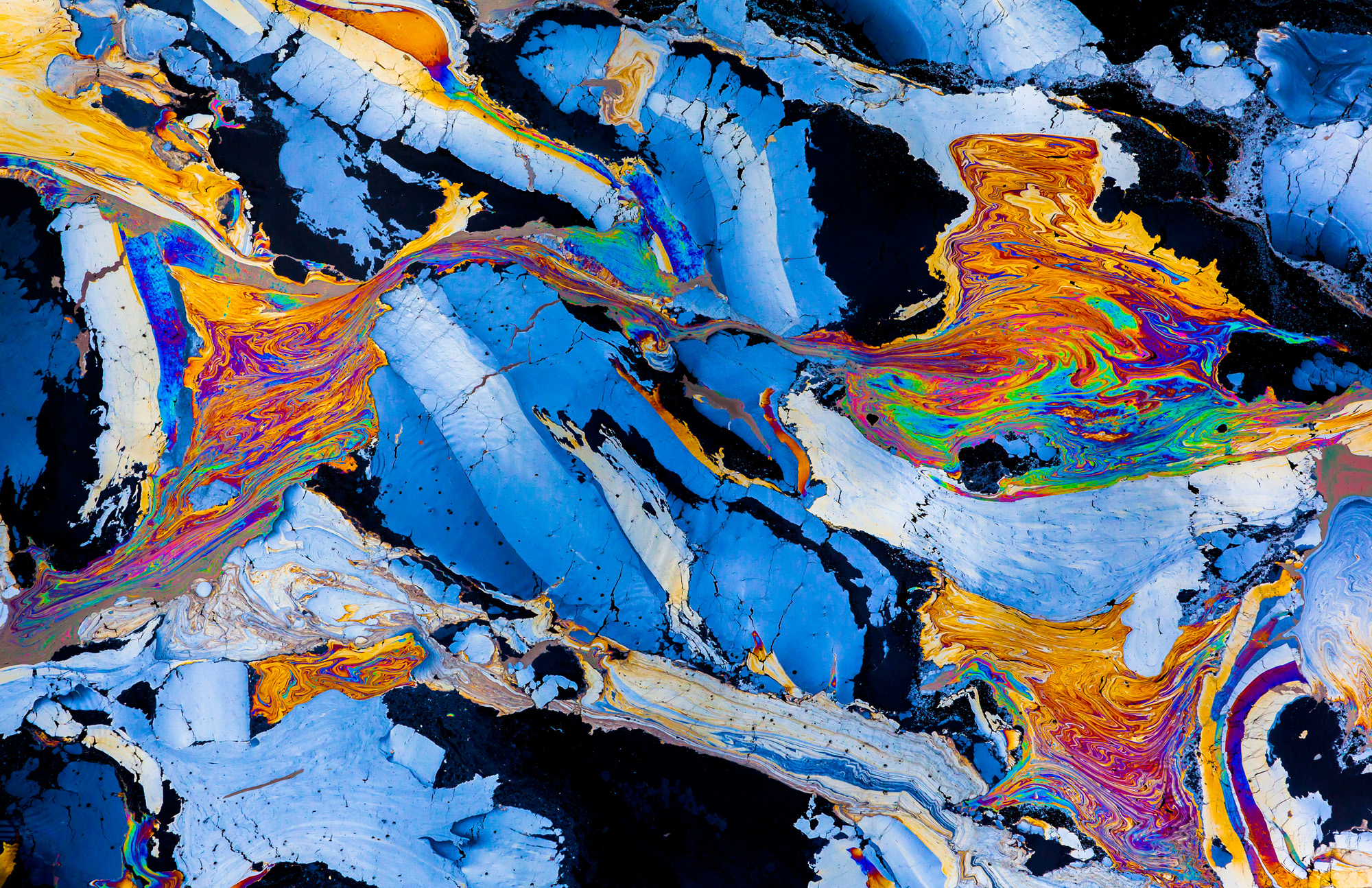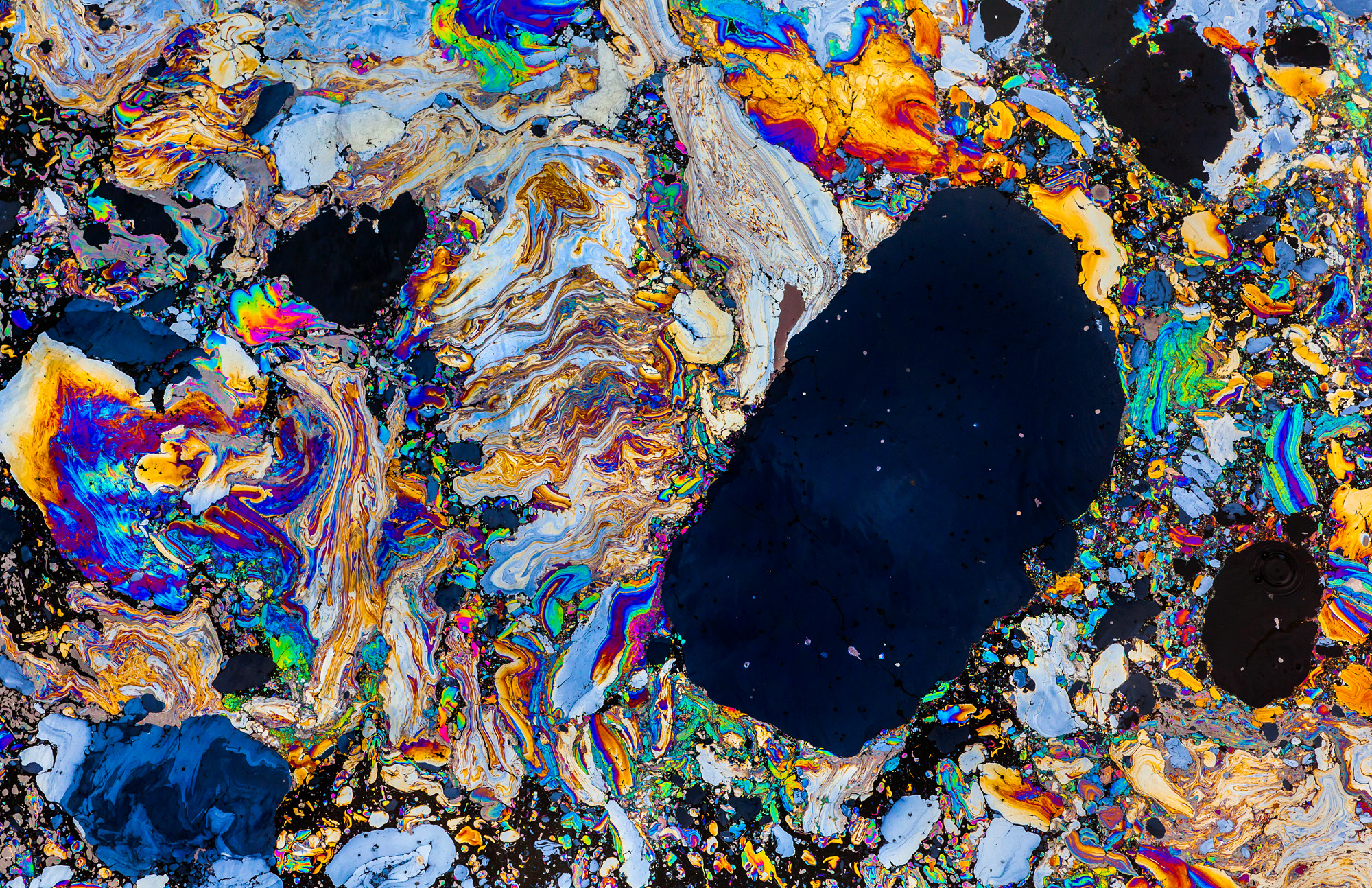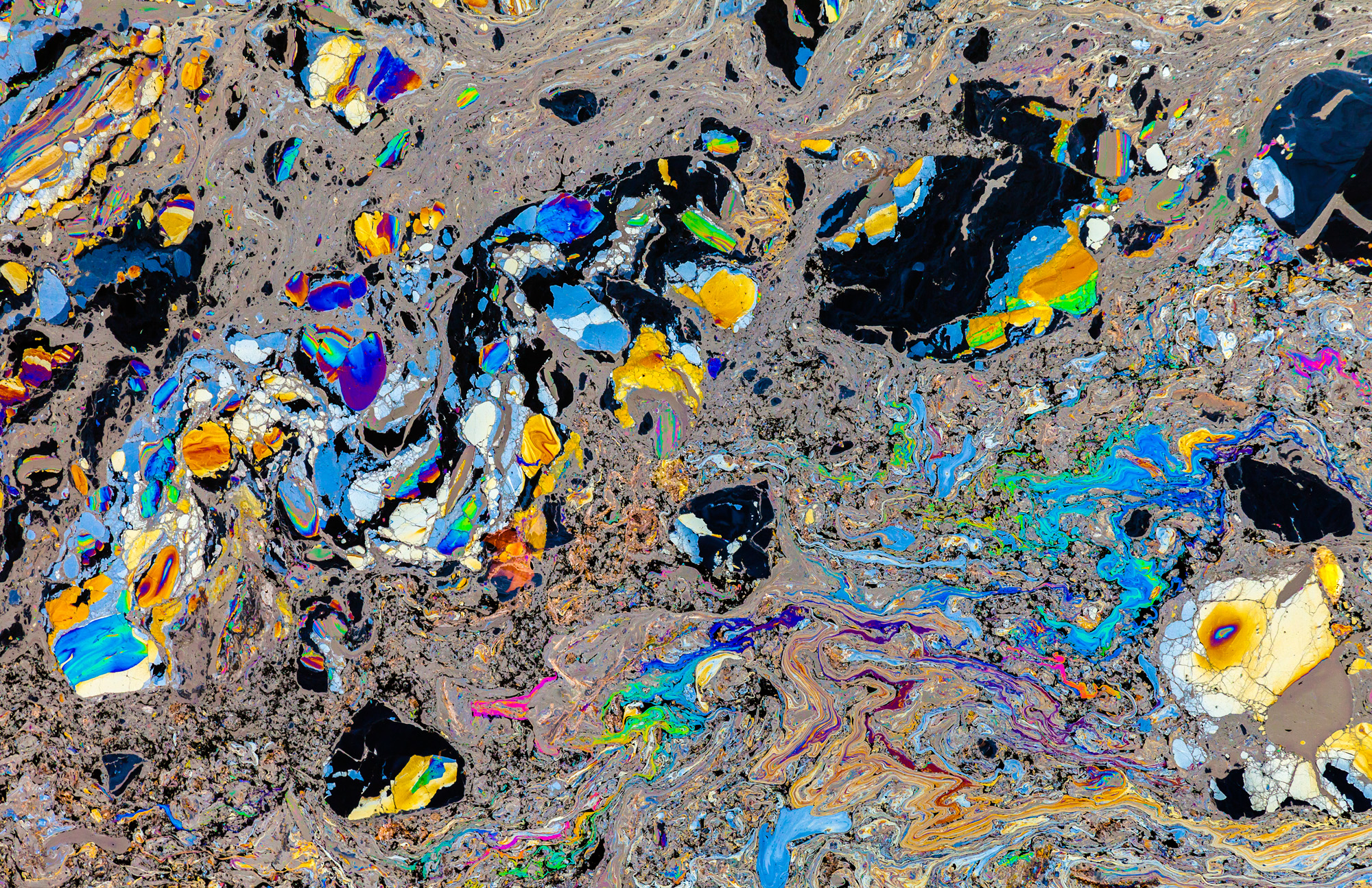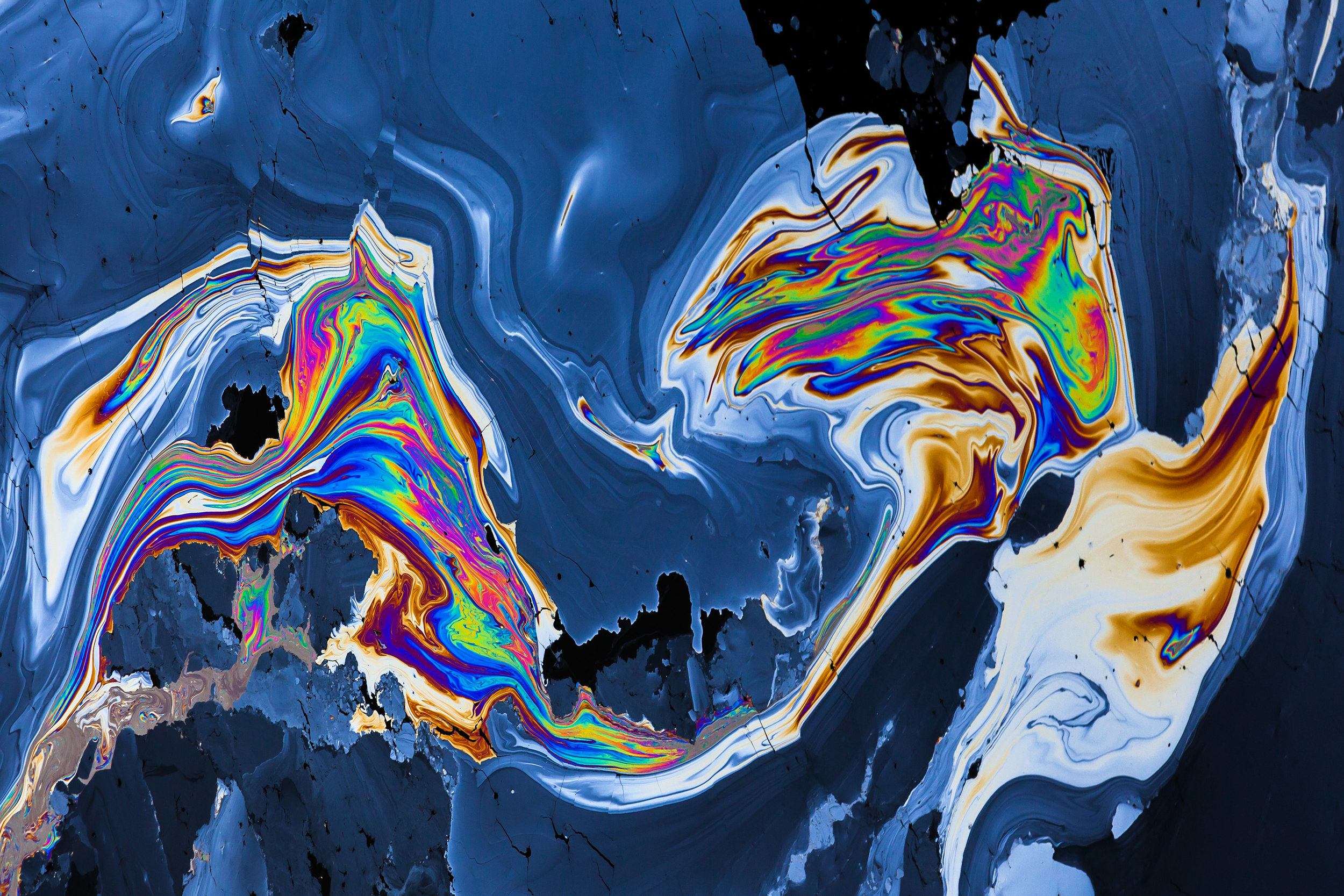Defined as “the total volume of water needed to produce and process a commodity or service”, Virtual Water is a measurement typically used by water-scarce countries to evaluate the most efficient use of their water supply, but it can also apply to the water polluted through industrial processes.
After World War 1, the Gowanus Canal in Brooklyn, New York was the busiest and most polluted waterway in the country. Airborne and water pollutants from coal yards, mills, manufactured gas plants, tanneries, chemical plants, paint, ink, and soap factories, as well as raw waste from sewers flowed into the canal for decades. Initial plans that included measures to adequately flush the water were deemed too expensive. The canal was built with serious design flaws, but within budget. The canal continues to be one of the most polluted bodies of water and a case study of humankind's hubristic effort to manipulate our world in pursuit of quarterly profits with reckless abandon.
This photographic series is a small visual index of the Gowanus Canal's surface as a body of virtual water. Industrial processes have rendered a natural resource hazardous to its environment, yet this destruction comes with its own undeniably compelling beauty. The toxic slicks dance with the tide in psychedelic gradients and shape shifting forms. There lies a confusing moment in which the viewer must navigate between the seduction of the canal’s visual beauty and the repulsion of its chemical circumstances.




